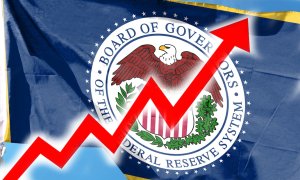Fears of deflation and long-term stagnation have become more commonplace since the Great Recession. Yet, within the mainstream, economists are divided into two camps: those who see the benefits of downward wage and price adjustment, as a private sector stabilizer, and those who fear deflationary pressures because of their destabilizing consequences. This paper reviews this theoretical literature using a simple “New Consensus” framework of analysis and it also seeks to describe how mainstream and heterodox economists analyzing the consequences of deflationary pressures come to very different conclusions on the nature of private sector stabilizers in a recessionary environment. After reviewing the different perspectives, the paper undertakes a comparative analysis of the experience of both the Great Depression and the Great Recession by looking at the behavior of certain key variables in three countries: Canada, the United States and the United Kingdom. The paper concludes that, if it was not for the quick actions of governments in stabilizing the economy through activist macroeconomic policies during the Great Recession, private sector stabilizers were actually less significant during the recent crisis than they were during the 1930s.
Working Paper
Working Paper Series By
Download- WP37-Secc-Lavoie (pdf, 4.32 MB)
- B2 History of Economic Thought since 1925
- B22 Macroeconomics
- B5 Current Heterodox Approaches
- E1 General Aggregative Models
- E3 Prices, Business Fluctuations, and Cycles
- E5 Monetary Policy, Central Banking, and the Supply of Money and Credit
- E6 Macroeconomic Policy, Macroeconomic Aspects of Public Finance, and General Outlook


